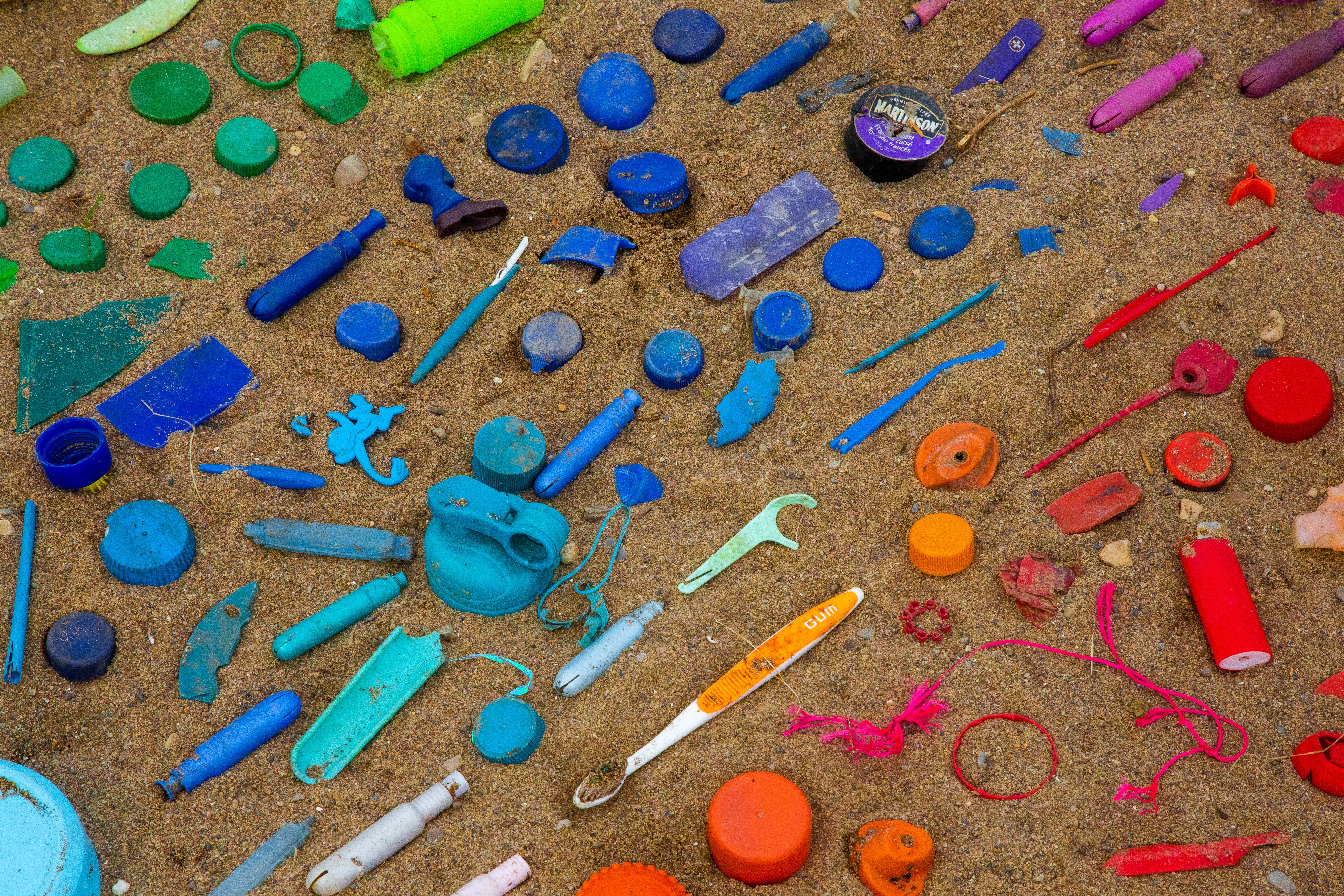Unlike bacteria, diatoms are picky about microplastics
And that could affect how quickly different types of these tiny plastic particles are degraded
Kostas Tsobanoglou on Wikimedia Commons
Good news for fans of microplastics in the ocean! The tiny fragments of discarded plastic waste that find their way into marine environments are providing a long-term habitat for aquatic microorganisms.
While working as a doctoral student at the Smithsonian Tropical Research Institute at Arizona State University, Kassandra Dudek studied the phenomenon of microplastics serving as artificial microbial reefs. Bacteria are known to form biofilms along these materials, building up stable, complex communities. Dudek’s newly published research intended to find out whether certain types of bacteria have preference for settling on certain types of plastic. This could for example influence the movement of pathogens through the environment. It is also relevant because only certain types of bacteria are thought to be able to deconstruct (metabolize) certain types of plastic.

All of these plastic objects shed microscopic plastic particles into the environment as they break down
Photo by Jasmin Sessler on Unsplash
The study showed that the five types of plastic tested, all deriving from common household waste items, did not show any detectable differences in the types of bacteria found colonizing their surfaces. This suggests that it is the physical surface of plastic that quickly attracts bacterial settlers, rather than any chemical features of the specific plastics tested.
However, the researchers also noted that microscopic photosynthetic algae known as diatoms did show strong preferences for just 1 or 2 types of plastic polymer, and that diatoms needed to be exposed to plastic for a lot longer than bacteria in order to colonize the plastic surface. This is significant because earlier research showed that bacteria that could degrade plastic are often found associated with diatoms. It also shows the importance of long-term experiments, as these diatoms could not be detected on the plastic surface until after several weeks of exposure.





















